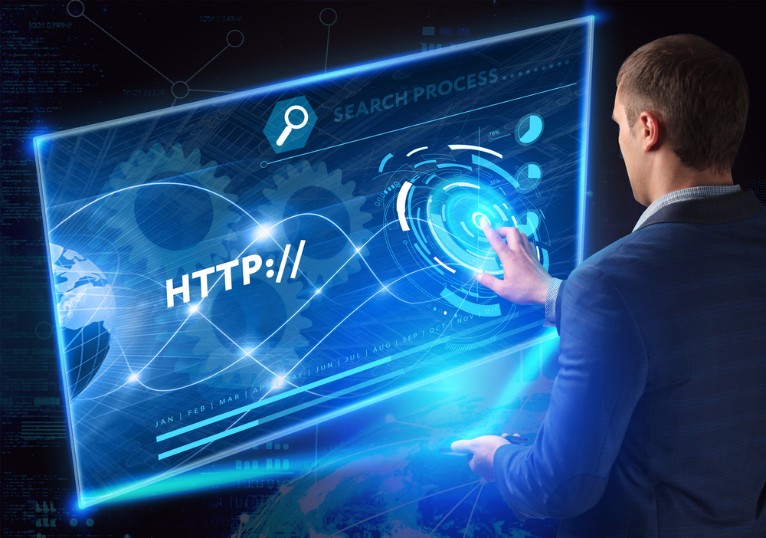Last year, office designers and relocation specialists added increasingly smart, striking design elements to companies' workspaces. This year, these trends are continuing to evolve and designers have predicted more cutting-edge trends in office design in 2017. Whether it’s to inspire creativity, promote productivity or improve health and safety, we’ve compiled some of the ideas trending to inspire business owners and employers alike.
1. Adaptable Furniture
Jobs and workplace structures are continuously changing and it’s becoming difficult for companies to predict which job functions there will be in the next few years. That’s why many businesses are creating workspaces with built-in flexibility. Previously unheard of job roles have rapidly developed in response to technological advances, so companies need spaces and furniture that can adapt to new jobs and equipment. Future-proofing offices has become essential, and adaptable furniture is an extension of the need to keep offices current.
Modular soft seating, modular workbenches, seating pods that can be adapted to communal and private work and acoustic elements are all brilliant examples of how smart office furniture can improve performance. Natixis’ Global Asset Management (NGAM) used adaptable furniture in their new open plan office using bench desking, which is finished with acoustic screens and storage above and below the desk.
2. Nature in the Workplace
Continuing on from 2016, bringing the outdoors inside is huge at the moment. Nature has long been touted as a stress-reliever and simply having plants in an office can make the air purer and staff calmer. Office designers are coming up with increasingly creative ways to incorporate nature into the sometimes slightly sterile surroundings of office space. Modern offices have been transformed into oases with splashes of vibrant or earthy colour and natural materials. Reclaimed wood panel installations, exposed concrete flooring, and natural flora patterns have been incorporated into furniture and artwork. This trend looks set to continue as office blocks are often set in big cities where nature is in short supply. Property management service provider Helix Property in Mayfair, London, are an excellent example of this trend: they filled their reception area and atrium (including seating) with live planters. A moss wall was also installed to provide an innovative combination of nature and technology since the area also includes wireless charging points.

3. Different Coloured Rooms
Just as the common trend of breakout areas and quiet rooms for private work has taken off over the last decade, the decor of those rooms is becoming more important. Colours can have a huge psychological effect on employees, so office designers are using different hues to help convey moods that can influence productivity in the office. This is one of the reasons why we see so much blue and green combined with neutral colours to foster a calming ambience within the office and improve efficiency and focus. Bright colours and patterns are employed for more creative or outgoing spaces where brainstorming and dynamic activity takes place. Yellow is believed to promote optimism and inspiration, so it is best used in rooms where artists, writers, designers, developers and other creative professionals work.

4. Limited Workspace and Hot-desking
Assigned office seating is becoming a thing of the past. According to Cisco, 60% of global workers now use a laptop, tablet, or smartphone in the office or when working on the move. With cloud software like Dropbox or Google Docs to store and backup their files and office space at a premium, desktop computers just aren’t a necessity like they used to be. Hot-desking also has health benefits since you can vary your positions between a standing desk, a corner sofa or a meeting room with communal tables, and maybe even a beanbag in the trendiest offices. Businesses are installing power sockets in easily accessible places so that staff (and visitors) can charge laptops, smartphones and other devices. Look Ahead introduced hot-desking to create a very flexible space that encourages collaboration while addressing the fact that some members of staff are not office based. The change has dramatically improved collaboration between teams, resulting in enhanced productivity.

5. Integrated Technology
The move towards flexible working has ensured a continuing need for integrated chargers and power points in offices. Therefore, it’s likely that powered furniture with built-in power adapters and multimedia capabilities will become a huge trend worldwide. Chairs, sofas and desks will feature hidden and discreet power points. In fact, wireless charging of devices will become common in the workplace if Apple supports the feature on the next iPhone. There are also touch tables which are like a giant iPad tables that can be useful in meetings, as well as ergonomic smart chairs with technology to warn workers of poor posture.



comment